The Royal Alexander Theatre in August, 1955 , Toronto Public Library, r-4963-1
In the 19th century, King Street was one of the most fashionable residential streets in Toronto, as well as its most important business thoroughfare. Government House, the official residence of the Lieutenant Governor of Ontario was located at Simcoe and John Streets, the location of today’s Roy Thomson Hall. The prestigious private school, Upper Canada College, was at one time located at the same intersection, on the northwest corner.
In the first decade of the 20th century, a group of business men, its most important member Cawthra Mulock, decided to finance the construction of a theatre to showcase legitimate theatrical productions. Most of them would be touring shows from London and New York. They purchased an 100-foot-wide lot at 260 King Street West, on the north side of the street, between Simcoe and John Streets. It had at one time been part of the previously mentioned campus of Upper Canada College.
The syndicate hired the architect John M. Lyle, who in later years was to design Union Station on Front Street. For the theatre, Lyle chose the style that he preferred and had specialized in—Beaux-Arts classicism. It was constructed on a steel frame, which was not common in that decade. The exterior walls and floors were reinforced concrete, over two feet thick, and the walls were covered with yellow bricks. It had a Mansard roof with eye-windows inserted in it on three sides. The balconies were constructed of reinforced concrete on steel frames. There were no internal pillars, so no seat in the theatre would have an obstructed view. Sandstone blocks were placed on the facade facing King Street to create an imposing dignified appearance. The theatre was electrified so that no candles or gas lamps were required for stage or house lights, reducing the risk of fire. The stage’s fire curtain contained asbestos, woven on steel wire. There was also an automatic sprinkler system, its water supply contained in a cistern on the roof. There were sprinklers in the ceiling of the auditorium, as well as encircling the stage area and around the curtains. When it was built, it was the only truly fire-proof theatre in North America, setting the standard for theatres throughout the continent.
The stage was 45 feet wide and 35 feet in depth. The 17-foot wings were of sufficient size for the demands of most productions. Behind the stage were dressing rooms and washrooms. The space above the stage possessed extra height to accommodate most scenery and stage sets. Though the theatre was smaller than those in London and New York, the Royal Alex was a “road house,” meaning that touring groups arrived with their own scenery, which tended to be on a smaller scale than in-house productions. In the two balconies and box seats on the sides, as well as in the orchestra sections, there were plush comfortable seats. Every detail was observed to create excellent acoustics, and the auditorium was shaped according to these principles. In summer, storage spaces under the floor contained blocks of ice, so that in hot weather, vents in the floor allowed cool air into the theatre. This was in the days prior to air conditioning.
Royal permission was granted to name the theatre after the consort of King Edward VII, Queen Alexandra. It opened on August 26, 1907 with the musical production “Top O’ Th’ World,” starring Harry Fairleigh and Anna Laughklin. During the many decades ahead, productions of Oklahoma, Kiss Me Kate, The King and I, Call Me Madam, and the Wizard of Oz had their Toronto premiers at the “Royal Alex,” as theatregoers usually refer to it. As well, Gilbert and Sullivan Operas and productions from New York’s Metropolitan Opera have been featured at the theatre.
By the late-1950s, the area surrounding the theatre had deteriorated and it was in danger of being demolished for a parking lot. In 1963, Ed Mirvish purchased the theatre for $215,000. He was quoted as saying that any real estate deal where the asking price was less than the value of the land alone, was a great buy. Mirvish restored the theatre to its early-twentieth- century grandeur and reopened it on September 9, 1963, featuring the play, “Never Too Late.” It was the beginning of the renaissance of King Street West. Today, the Bell Lightbox and Princess of Wales Theatre complement the historic Royal Alexander. It is one of the oldest continuously operating theatres in North America.
Note: I am grateful for the information contained in the book, “The Royal Alexandra Theatre” by Robert Brockhouse.
The theatre in 2012.
The canopy of the theatre on King Street West.
Entrance doors on King Street.
Architectural detailing of the cornice.
Interior view from the stage.
View of the theatre from David Pecaut Square in May 2012.
To view the Home Page for this blog: https://tayloronhistory.com/
To view previous blogs about movie houses of Toronto—historic and modern
Recent publication entitled “Toronto’s Theatres and the Golden Age of the Silver Screen,” by the author of this blog. The publication explores 50 of Toronto’s old theatres and contains over 80 archival photographs of the facades, marquees and interiors of the theatres. It relates anecdotes and stories of the author and others who experienced these grand old movie houses.
To place an order for this book:
Book also available in Chapter/Indigo, the Bell Lightbox Book Store and by phoning University of Toronto Press, Distribution: 416-667-7791
Theatres Included in the Book:
Chapter One – The Early Years—Nickelodeons and the First Theatres in Toronto
Theatorium (Red Mill) Theatre—Toronto’s First Movie Experience and First Permanent Movie Theatre, Auditorium (Avenue, PIckford), Colonial Theatre (the Bay), the Photodrome, Revue Theatre, Picture Palace (Royal George), Big Nickel (National, Rio), Madison Theatre (Midtown, Capri, Eden, Bloor Cinema, Bloor Street Hot Docs), Theatre Without a Name (Pastime, Prince Edward, Fox)
Chapter Two – The Great Movie Palaces – The End of the Nickelodeons
Loew’s Yonge Street (Elgin/Winter Garden), Shea’s Hippodrome, The Allen (Tivoli), Pantages (Imperial, Imperial Six, Ed Mirvish), Loew’s Uptown
Chapter Three – Smaller Theatres in the pre-1920s and 1920s
Oakwood, Broadway, Carlton on Parliament Street, Victory on Yonge Street (Embassy, Astor, Showcase, Federal, New Yorker, Panasonic), Allan’s Danforth (Century, Titania, Music Hall), Parkdale, Alhambra (Baronet, Eve), St. Clair, Standard (Strand, Victory, Golden Harvest), Palace, Bedford (Park), Hudson (Mount Pleasant), Belsize (Crest, Regent), Runnymede
Chapter Four – Theatres During the 1930s, the Great Depression
Grant ,Hollywood, Oriole (Cinema, International Cinema), Eglinton, Casino, Radio City, Paramount, Scarboro, Paradise (Eve’s Paradise), State (Bloordale), Colony, Bellevue (Lux, Elektra, Lido), Kingsway, Pylon (Royal, Golden Princess), Metro
Chapter Five – Theatres in the 1940s – The Second World War and the Post-War Years
University, Odeon Fairlawn, Vaughan, Odeon Danforth, Glendale, Odeon Hyland, Nortown, Willow, Downtown, Odeon Carlton, Donlands, Biltmore, Odeon Humber, Town Cinema
Chapter Six – The 1950s Theatres
Savoy (Coronet), Westwood
Chapter Seven – Cineplex and Multi-screen Complexes
Cineplex Eaton Centre, Cineplex Odeon Varsity, Scotiabank Cineplex, Dundas Square Cineplex, The Bell Lightbox (TIFF)
![Tor. Pub. Lib. pictures-r-4963[1] Tor. Pub. Lib. pictures-r-4963[1]](https://tayloronhistory.com/wp-content/uploads/2015/05/tor-pub-lib-pictures-r-49631_thumb.jpg)
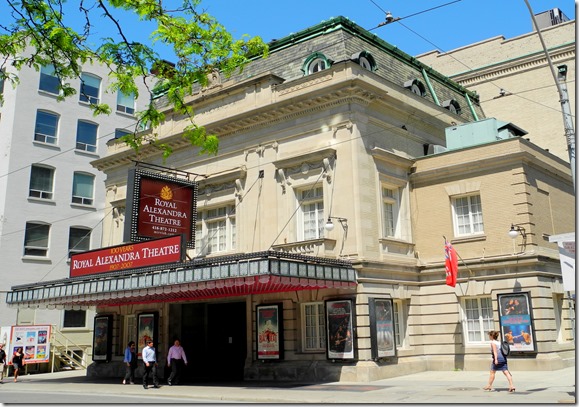
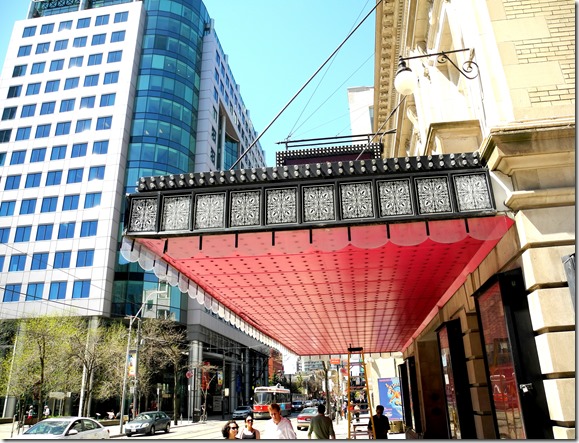
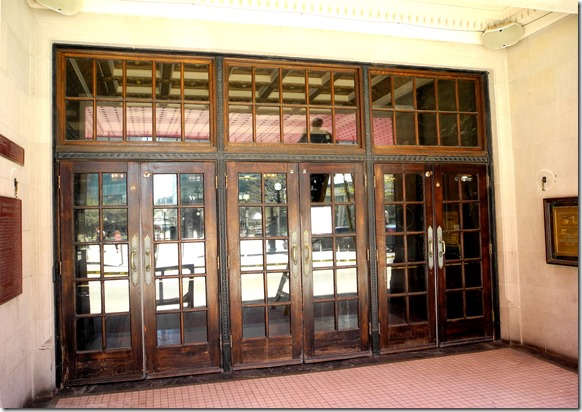
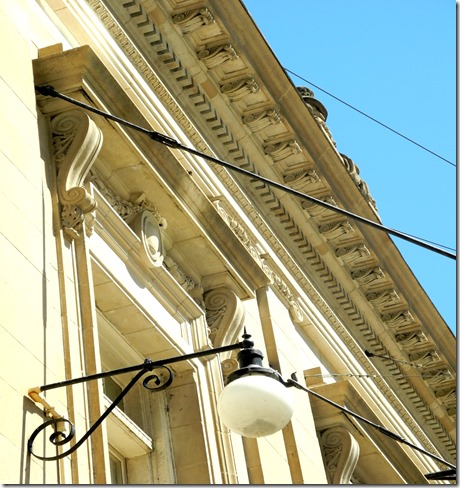
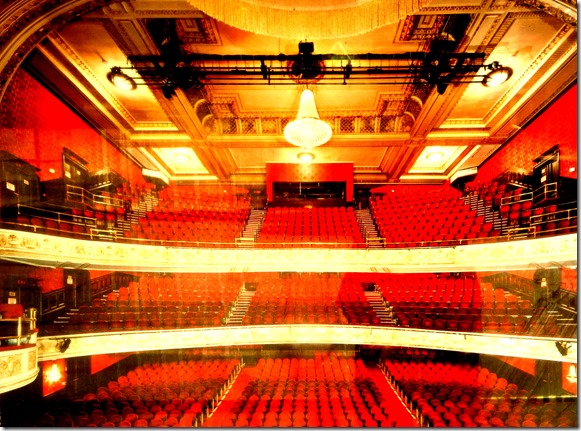
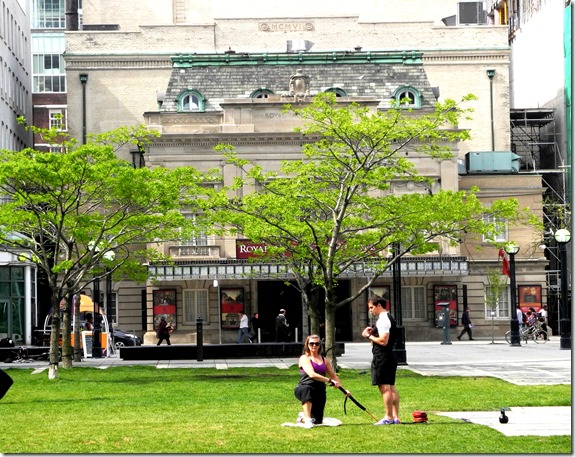
![cid_E474E4F9-11FC-42C9-AAAD-1B66D852[1] cid_E474E4F9-11FC-42C9-AAAD-1B66D852[1]](https://tayloronhistory.com/wp-content/uploads/2015/05/cid_e474e4f9-11fc-42c9-aaad-1b66d8521_thumb3.jpg)


One thought on “Toronto’s historic Royal Alexandra Theatre”